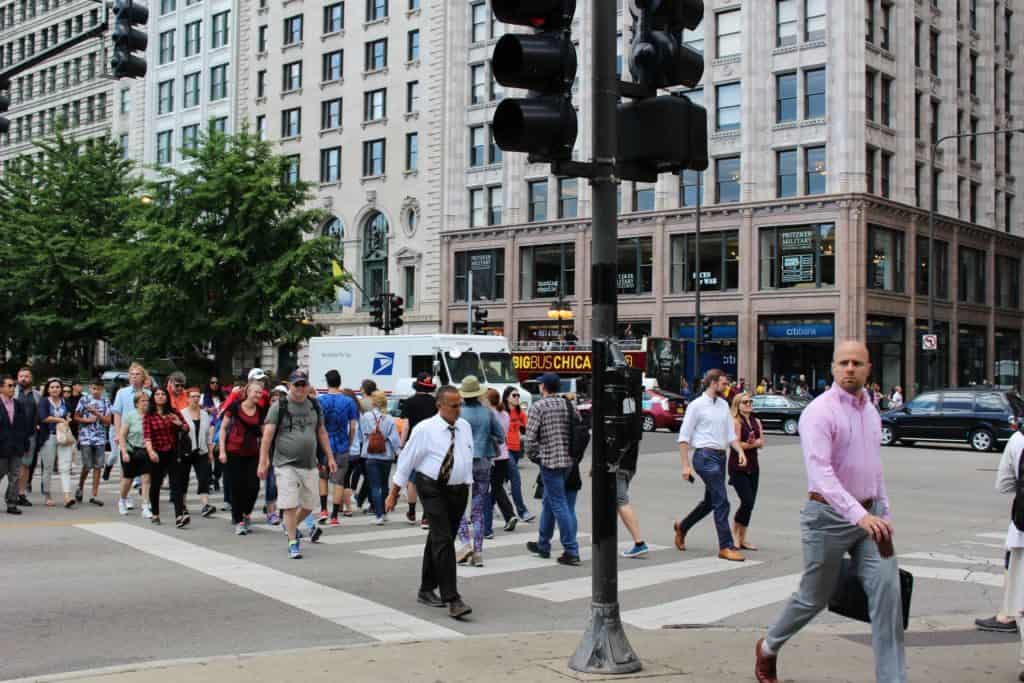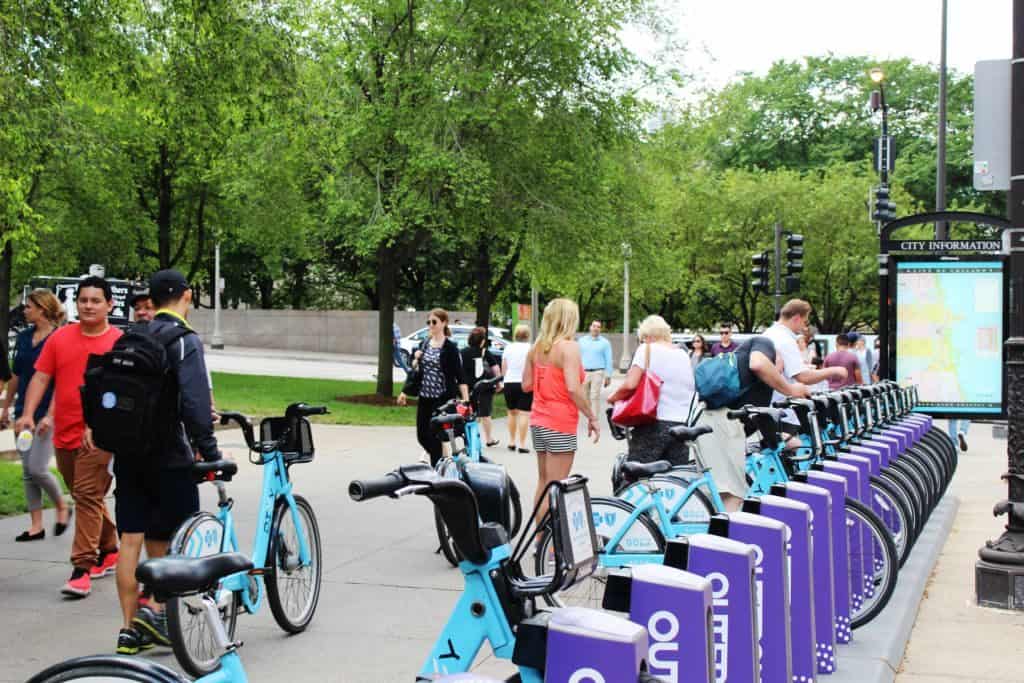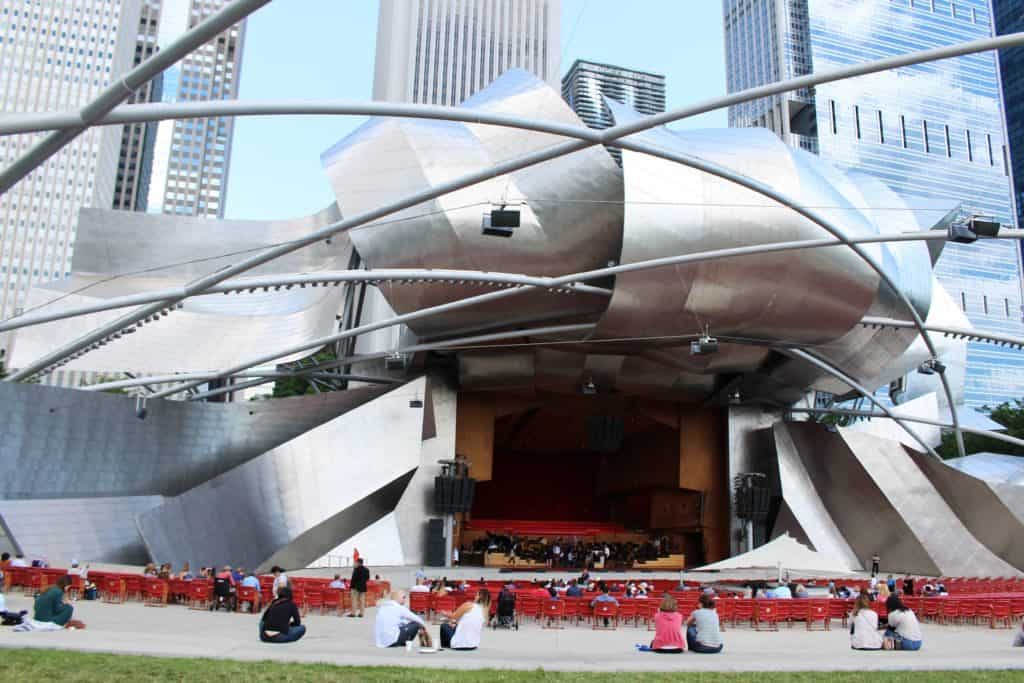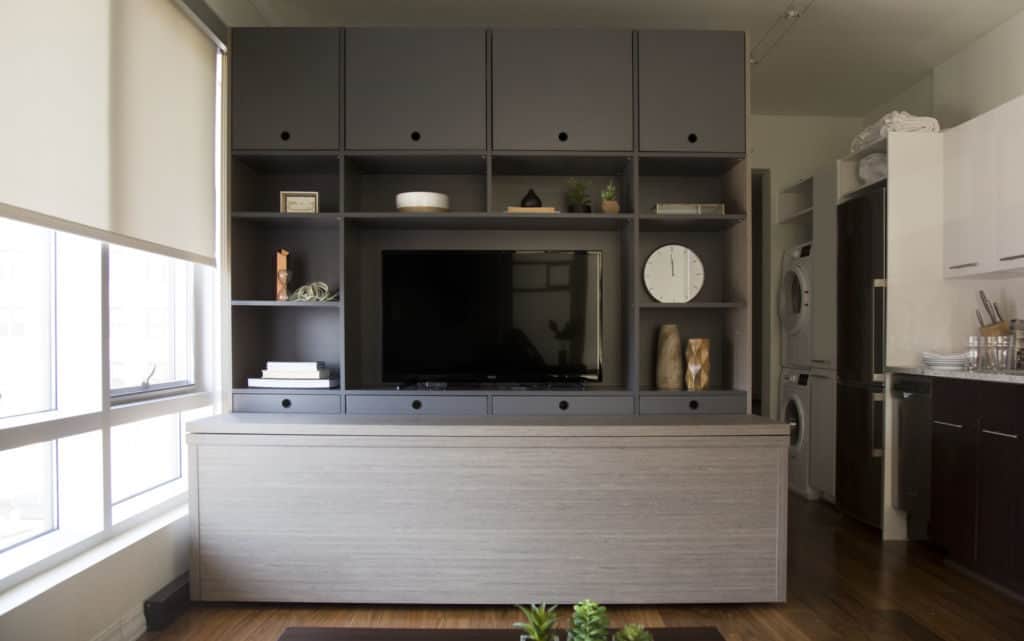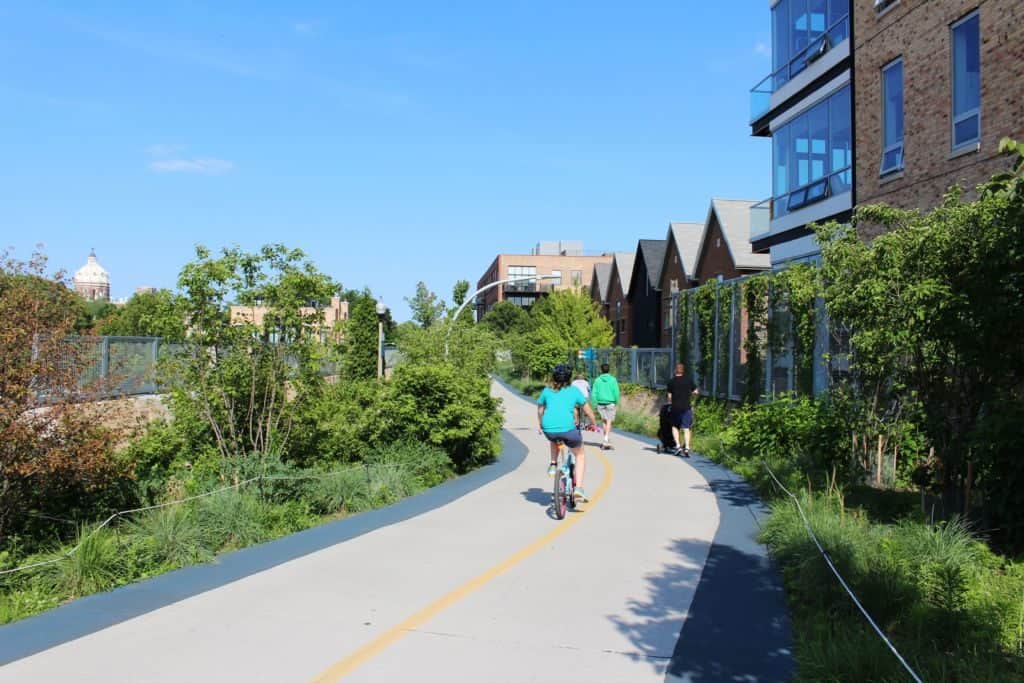Shifting demographics pave way for TOD opportunities to best transform Chicago’s urbanscape
Trends point to TOD
Despite an overall loss in population for the city of Chicago, Chicago’s downtown has experienced accelerated growth. Figures indicate that there has been a resurgence of downtown living as more people are moving to city-centers, with a number of companies trailing close behind. In the recent years, we’ve seen big-name tech companies, investment groups, food conglomerates and others make their move to the city.
In today’s world, being single and living alone is becoming increasingly common; the 2014 US census reports that roughly half of the American adult population were unmarried and about 34 million claimed to live alone, that is 1 in every 7 adults. Following global trends, urban centers claim the highest number of single-person households. Chicago, in particular, had the highest growing number of single-person households relative to other prominent American cities such as Los Angeles and New York City. Many of these households are comprised of highly educated millennials who crave the lively culture and hustle of the downtown scene. This demographic has been a key player in the real estate market in urban centers. Higher demand for single-living accommodations and changing lifestyles reflect a large market for transit-accessibility and community amenities.
TOD (Transit Oriented Development) addresses these changes by promoting urban communities to be centered around high capacity transit systems. Developments are located within 0.25-0.5-mile radius of public transportation; only a few minutes’ walk away. TOD allows developers to reduce the required quantity of parking spaces as a way to maximize land use and promote public transit ridership. TOD inhabitants are encouraged to walk and bike; to participate in a more active lifestyle. Transit oriented communities can benefit from reduced congestion as well as air pollution as a result of decreased vehicles. These communities are designed to have mixed land uses, such as retail and dining.
As developers, we are looking to invest in smaller apartments as affordable housing alternatives to follow trends of compromising space for location. Younger generations demand accessibility and convenience; gone are the days of spacious kitchens and master baths. The biggest value is found in the proximity of the housing location to culture hubs of popular restaurants, bars, and shops. At Tandem, we are exploring innovative, new approaches to the changing demands. Currently, we are partnering with ORI Systems as one of the select developers showcasing their design. ORI is an MIT-born robotic transformative furniture system which lets users reconfigure space with the touch of a button. ORI is currently installed at our apartments, MODE Logan Square (1950 N Campbell Ave, Chicago, IL 60647) in a studio unit.
With bike and ride sharing systems, the opening of the 606 trail from a few years ago, and the renovation of CTA stations, we are making strides toward the vision of a more connectedness within our communities in Chicago. However, there is still much to be done – it’s time to invest in the value of accessible transit!
